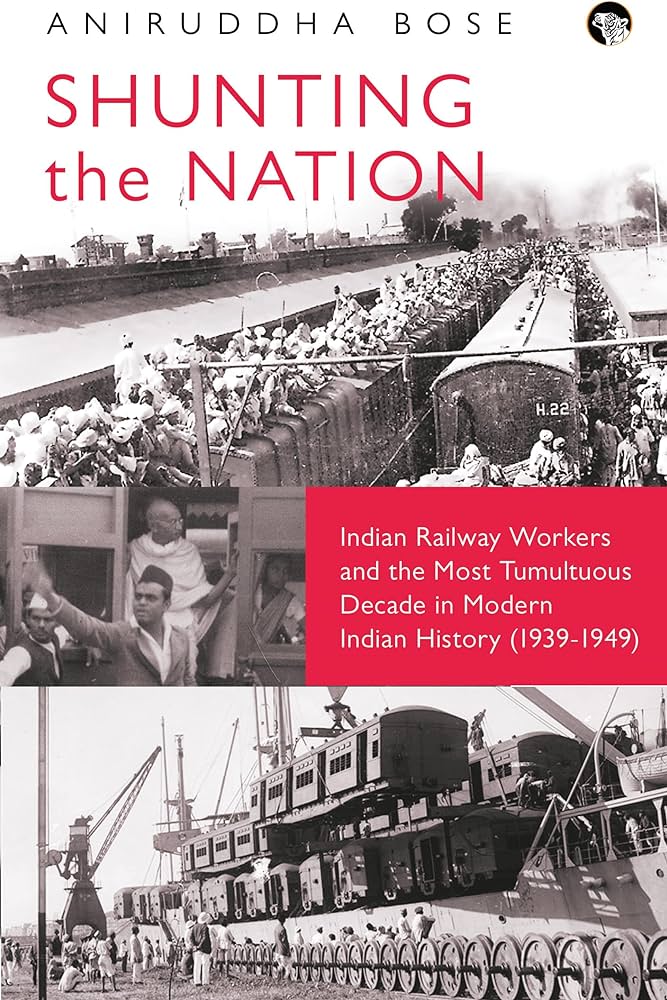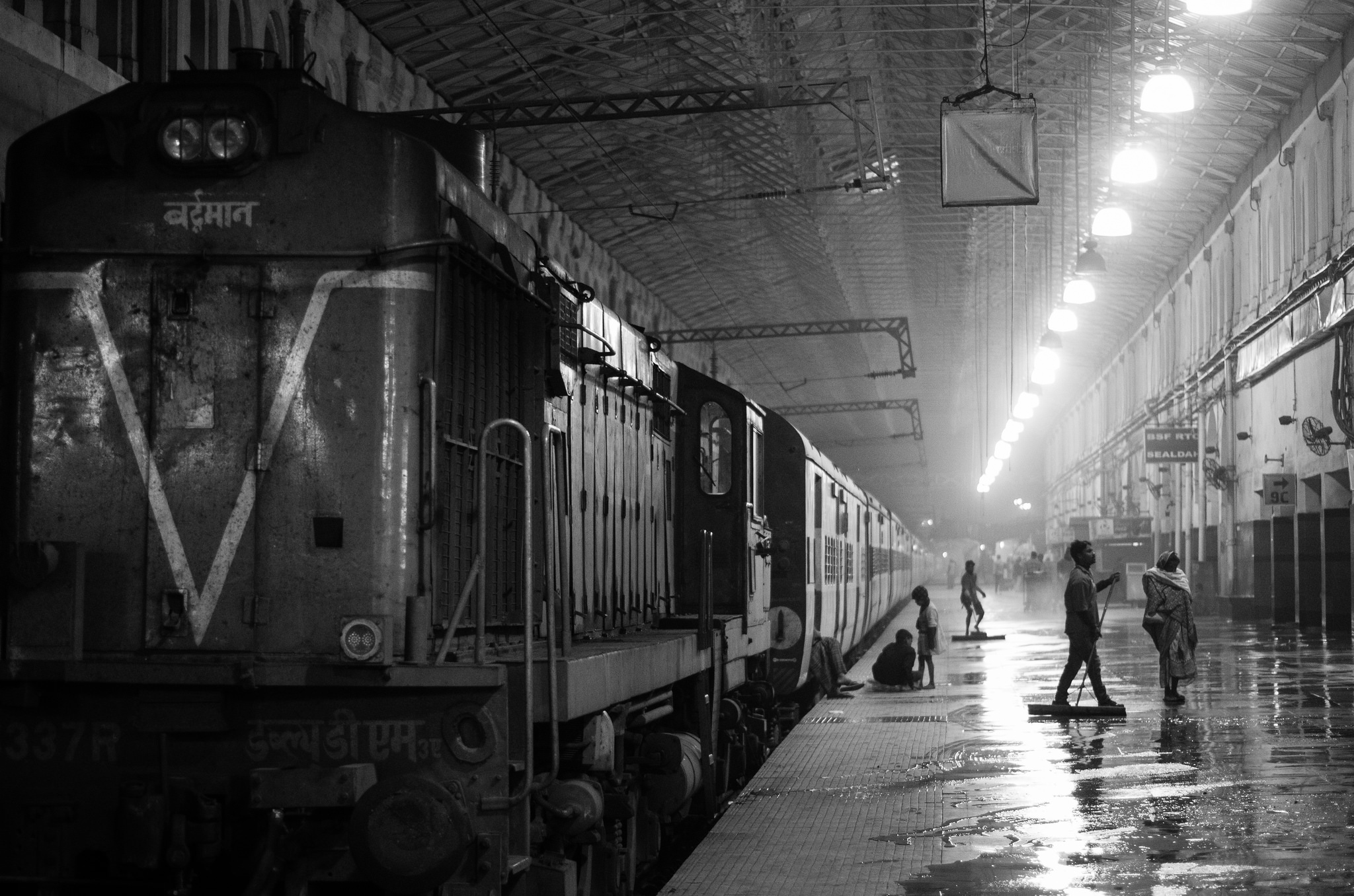Aniruddha Bose's Book On Indian Railways and Partition Overlooks Communist Influence in Trade Unions
Historiography of India’s struggle for independence is indeed an area that does not cease to grow; from nationalist narratives and Marxist analysis, the field has expanded, in a substantive sense, with the arrival of the post-colonial approach to nation and nationalism. Aniruddha Bose’s book is an addition to this school. Meanwhile, it is difficult to resist calling this work as belonging to the post-modernist school and one without a sense of direction.

Aniruddha Bose
Shunting the Nation: India’s Railway Workers and the Most Tumultuous Decade in Modern Indian History (1939-1949)
Speaking Tiger Books, New Delhi, 2023,
Bose has attempted to locate the organised work-force in the Indian Railways in the context of the partition and even while he has managed to narrate the partition, which a host of scholars have done with far more felicity, his treatment of the railway workers – the mainstay of his work as the book's title would convey – is far too sketchy and based on a limited set of sources. The author ends up repeating facts too often and ensures that the reader is left with a sense of fatigue.
While Bose ought to be commended for taking up a study involving the working class and the national movement, a subject that gained traction in the 1980s in the Indian academia but began losing out to the postmodernist onslaught on history, his treatment of the subject leaves much to be desired.
Bose, in the first place, looks at the workers in the railways as their own agents rather than locating their agency in the political leadership of the trade unions; for reasons known best to him. He does not even care to mention the existence of such agencies, that operated in the world of trade unions, as the All India Trade Union Congress and the predominance of the communists in it.
The erasure of this record, in Bose’s study, is indeed a conscious choice and not due to ignorance. With this, Bose attempts hard to attribute to the railway worker some sort of consciousness, of the highest level, displayed during the war efforts; Bose simply states that even while sympathising with the call for Quit India and the national struggle, the workers as a class contributed in a big way to the war against fascism.
The trouble with this approach is that such facts as the communists calling the war a “peoples’ war” after the Soviet Union was attacked by Germany (in the summer of 1941) is not even recorded by the author in his enthusiasm to stick to the postmodern version of the subaltern school.
In the process, the book skirts an important phase in the trade union movement’s history involving the communists as much as the fact that the war years were indeed when the communist leadership of the trade union movement, especially in most railway companies across India, won successful battles to institutionalise the concept of Dearness Allowance and the setting up of grain shops. Although the author goes into these and even gives a lot of details on these aspects, he fails to locate these in context: the colonial state, the communist unions and the changing face of the war. This important aspect in several works of labour history seems non-existent for Bose.
In the process, the author weaves the whole account using the phrase “survival strategies", something that does not belong to labour history as such. And this gets so conspicuously out of place with the author’s penchant to locate class consciousness without any trace of mediation or intervention by the trade unions and their political leadership, especially the communists.
Bose seems alright with the non-communist leadership of the All-India Railwaymens’ Federation; reading this account could lead someone to carry the impression that the communists did not exist in the trade union scene in the Indian Railways; this is contrary to facts.
Bose then takes recourse to a common argument in postmodern scholarship on labour and resistance – to treat stealing and shirking work as forms of resistance. While there is a lot of substance in this, and British historian Eric Hobsbawm has theorised this (banditry as resistance), the problem with Bose’s treatment here is to locate resistance in only such acts and that too in a period (1939-1949) when the trade unions were pretty much in a position that influenced and guided the everyday resistance of the industrial working class in India and even hegemonised the nationalist leadership in many ways.
Bose, however, misses out the historical context while dealing with an important aspect of India’s freedom struggle – the unions and the communists – and ends up relying on an account by a railway officer – D.V. Reddy – whose approach is evidently one of contempt to the workers. In other words, Aniruddha Bose could have profited reading existing works in labour history and the book under review would have been very different.
V. Krishna Ananth, teaches History at the Sikkim Central University, Gangtok. He has researched on the trade unions and the national struggle for independence and his doctoral thesis from the Centre for Historical Studies, Jawaharlal Nehru University is on this.
This article went live on December tenth, two thousand twenty three, at thirty minutes past four in the afternoon.
The Wire is now on WhatsApp. Follow our channel for sharp analysis and opinions on the latest developments.





